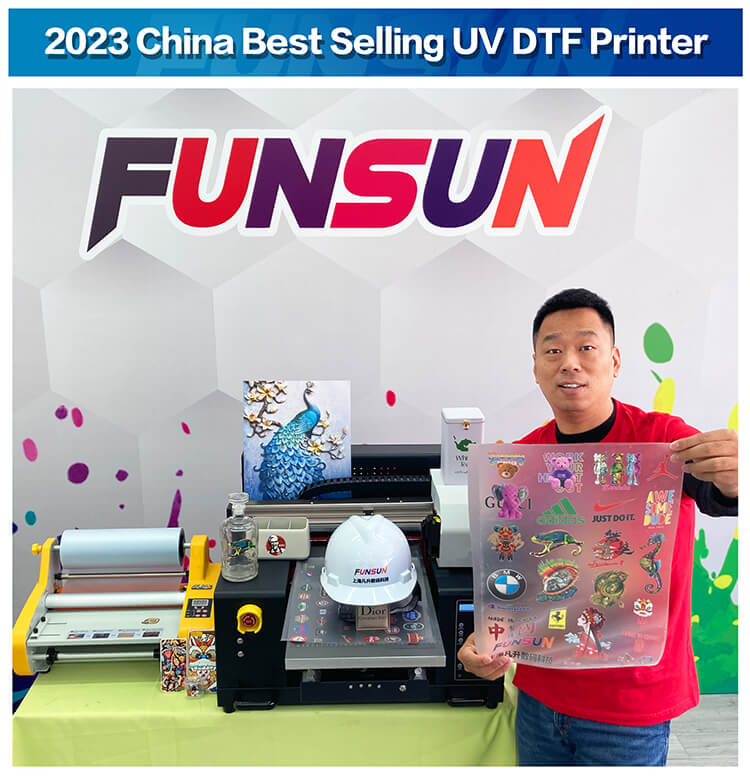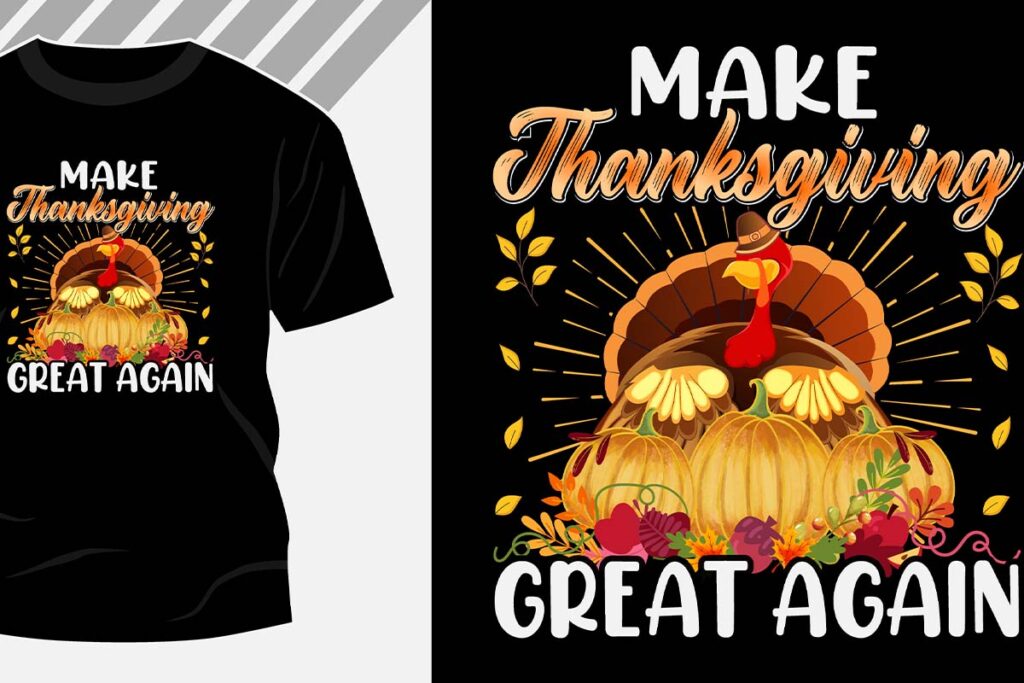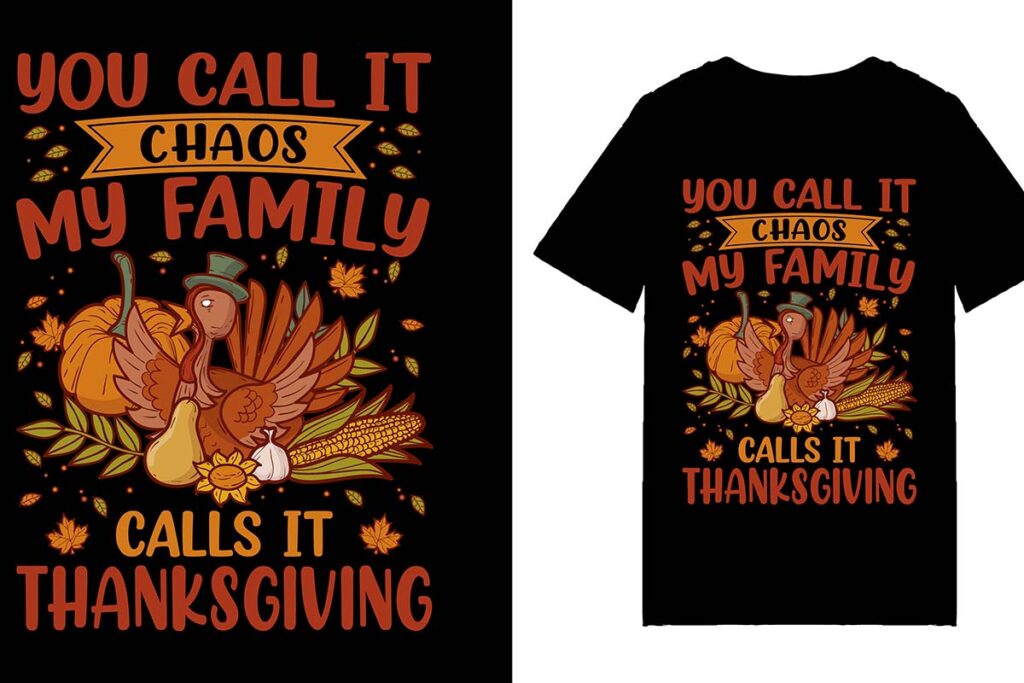UV DTF printing, or Direct to Film printing, has emerged as a game changer in the world of custom graphics, delivering vibrant and durable designs on a variety of substrates. This exceptional printing method marries the precision of UV technology with the versatility of transfer techniques, making it a popular choice for businesses and creative professionals alike. As we explore this fascinating topic, you’ll discover essential DTF printing tips, learn about successful UV printing practices, and uncover innovative UV printing techniques that will elevate your projects. Whether you are interested in creative printing ideas or seeking the best practices in DTF printing, this guide will provide valuable insights to enhance your work. Get ready to unleash your creativity and unlock the potential of UV DTF printing!
Direct to Film UV printing, often referred to simply as UV printing, stands at the forefront of modern printing techniques, offering unparalleled quality and flexibility for a wide range of applications. This method integrates UV light with transfer films to create stunning outputs that capture the imagination. Throughout this article, we will delve into key strategies that can help you master DTF printing and revel in successful UV outputs. From exploring clever creative printing ideas to implementing best practices for optimal results, the realm of UV printing techniques is vast and inspiring. Join us as we embark on a journey to transform your creative visions into tangible masterpieces!
Exploring the Benefits of UV DTF Printing
UV DTF printing has emerged as a game changer in the world of modern printing. By combining UV printing techniques with transfer film technology, this method allows for the creation of stunning prints that are both vibrant and durable. Unlike traditional methods, UV DTF printing can produce intricate designs with a high level of detail, making it perfect for custom projects. The prints generated can adhere to a wide variety of materials, from conventional textiles to unconventional substrates, providing endless creativity for artists and businesses alike.
The adaptability of UV DTF printing also allows for experimentation with different textures and finishes, which can enhance the overall look and feel of printed materials. Whether you’re working on promotional items, personalized gifts, or unique art pieces, UV DTF offers you the flexibility to explore and expand your creative horizons. Additionally, the durability of UV inks used in this method ensures that prints will withstand the test of time without fading or deteriorating, adding significant value to any project.
Essential DTF Printing Tips for Artists
To maximize the potential of UV DTF printing, artists should familiarize themselves with critical DTF printing tips. For instance, selecting high-quality transfer films is vital as it directly affects the outcome of your print. Quality films ensure better ink transfer and vibrant color representation, crucial for professional results. It’s also important to be mindful of the type of UV inks used; opting for long-lasting, high-performance inks will significantly enhance the impression of your final product.
Another valuable tip is to properly calibrate your printer to avoid color discrepancies. A well-calibrated machine provides accurate color matches that reflect the artist’s original vision, thereby reducing the risk of disappointing results. Additionally, consistently setting your printer to the highest resolution available will result in sharp, detailed prints that make your artwork shine. Such fundamental aspects play a critical role in ensuring success in your UV DTF printing endeavors.
Mastering Printer Settings for Optimal Results
Printer settings are imperative in the realm of UV DTF printing, and mastering them can lead you to achieve optimal results. First and foremost, calibration is an essential task. Frequent calibration helps maintain consistent color accuracy and prevents misprints, which can lead to significant waste. By investing time in calibrating your printer correctly, you are not only ensuring precision in your color output but also enhancing your overall printing efficiency.
In addition to calibration, understanding the significance of resolution is key. Setting your printer to the highest DPI (dots per inch) creates more detailed and sharper images, particularly important for designs with intricate graphics. By paying attention to these printing specifications, you can ensure that your final products not only look professional but truly represent your artistic vision.
Design Best Practices in UV DTF Printing
Designing for UV DTF printing should be approached with thoughtful precision. Utilizing color management software is an essential practice to ensure the colors displayed on your screen accurately match those printed. This step minimizes the risk of color discrepancies, which can often lead to dissatisfaction with the final product. Moreover, leveraging vector graphics in your designs promotes scalability without sacrificing quality, making them ideal for both small and large prints.
Additionally, it’s important to embrace creativity in your designs by incorporating innovative techniques such as layering and using different typography styles. By experimenting with various graphic elements and layering techniques, you can create depth and visual interest that captivates your audience. This strategic approach not only enhances the aesthetic appeal of your prints but also sets your designs apart from traditional offerings in the market.
Innovative Post-Processing Techniques for Enhanced Durability
Post-processing techniques play a significant role in ensuring the longevity and visual appeal of UV DTF prints. Curing the prints properly with UV light is imperative to maximizing ink adherence to the substrate, thereby preventing smudging or fading over time. This crucial step not only solidifies the durability of the prints but also enhances the overall gloss and vibrancy of the colors.
Moreover, applying finishing techniques, such as a clear coat or laminate, can further protect your artwork from environmental factors. This protective layer helps ward off scratches and fading while providing additional aesthetic qualities, such as a glossy finish that enhances the colors. By incorporating such innovative post-processing methods, you ensure that your prints not only look stunning but also stand the test of time.
Creative Printing Ideas to Distinguish Your Work
UV DTF printing opens up a trove of creative printing ideas that can showcase your unique artistic flair. One exciting avenue is experimenting with unique substrates beyond conventional materials. Think outside the box and try printing on textiles, wood, metal, and even glass. Each material offers a distinct texture and finish that can complement your designs, leading to innovative final products that capture attention.
Another concept to explore is the layering technique, where colors and textures can be combined to create depth within your designs. By strategically layering components, you add a dynamic element to your prints that draws the viewer’s eye. The combination of various styles and effects not only showcases your creativity but also demonstrates a versatile approach that can lead to eye-catching and original art pieces.
Frequently Asked Questions
What are the best practices in UV DTF printing for achieving vibrant prints?
To achieve vibrant prints in UV DTF printing, use high-quality transfer films and top-grade UV inks that are compatible with your printer. Proper printer calibration, adjusting resolution to the highest DPI, and utilizing color management software for accurate color profiles also contribute significantly to vibrant output. Additionally, adequate pre-treatment of your substrates enhances ink adhesion and color vibrancy.
How do I ensure successful UV printing with DTF printing tips?
Successful UV printing with DTF requires several key strategies. Start with using high-quality materials, including specialized films for UV DTF and compatible UV inks. Regularly calibrate your printer for color accuracy and set it to the highest resolution for intricate designs. Employ color management software to match on-screen colors with printed outcomes, ensuring that your finished products reflect your design accurately.
What UV printing techniques can improve the durability of prints?
To improve the durability of prints in UV DTF printing, focus on proper curing techniques. Using UV light curing after printing ensures that the inks adhere well and resist wear over time. Additionally, consider applying a protective clear coat or laminate to your finished prints, which will shield them from scratches and fading, thereby prolonging their life.
Can you suggest creative printing ideas using UV DTF printing?
Absolutely! One creative printing idea with UV DTF printing is to experiment with unique substrates such as textiles, wood, or metal. Additionally, layering colors and textures in your designs can create depth and visual interest. Mixing different components and effects can also result in eye-catching artwork that stands out.
What are common mistakes in DTF printing that can affect UV printing techniques?
Common mistakes in DTF printing that can affect UV printing include neglecting to calibrate the printer regularly, using low-quality transfer films, and not pre-treating substrates appropriately. Poor resolution settings can also lead to pixelated prints. Ensuring that you choose the right inks for your materials and maintaining proper curing processes are essential to avoiding these pitfalls.
How can I stay updated on trends in UV DTF printing techniques?
To stay updated on trends in UV DTF printing, engage in continuous learning through attending trade shows, joining printing forums, and following industry leaders on social media platforms. Networking with other professionals and participating in online communities dedicated to UV DTF printing can also provide valuable insights and inspiration about new techniques and materials in the market.
| Tip Category | Key Considerations |
|---|---|
| Understanding Your Materials | Use high-quality transfer films and top-grade UV inks compatible with your printer for the best results. |
| Printer Settings | Regularly calibrate your printer and use the highest resolution for detailed output. |
| Design Considerations | Utilize color management software and vector graphics to ensure color accuracy and quality. |
| Pre-Treatment | Pre-treat surfaces to enhance ink adhesion and durability of prints. |
| Post-Processing Techniques | Properly cure prints and consider protective finishing techniques for durability. |
| Experimenting with Creativity | Explore unique substrates and layering techniques for enhanced visual effects. |
| Staying Updated | Engage with recent trends and ongoing education in the UV printing space. |
| Networking with Peers | Join communities to share experiences and gain insights from industry professionals. |
Summary
UV DTF printing is a transformative approach in the world of printing that provides endless opportunities for creative expression and high-quality results. By understanding and utilizing the right materials, optimizing printer settings, and caring for the design process from pre-treatment through to post-processing, you can elevate your printing projects significantly. This innovative technique encourages artists and professionals to experiment with diverse substrates, which adds depth and uniqueness to their work. Staying informed about industry trends and fostering connections with fellow creatives can further inspire your artistic journey. With these essential tips for successful UV DTF printing, anyone can boost their creativity and achieve remarkable outcomes in this dynamic field.



